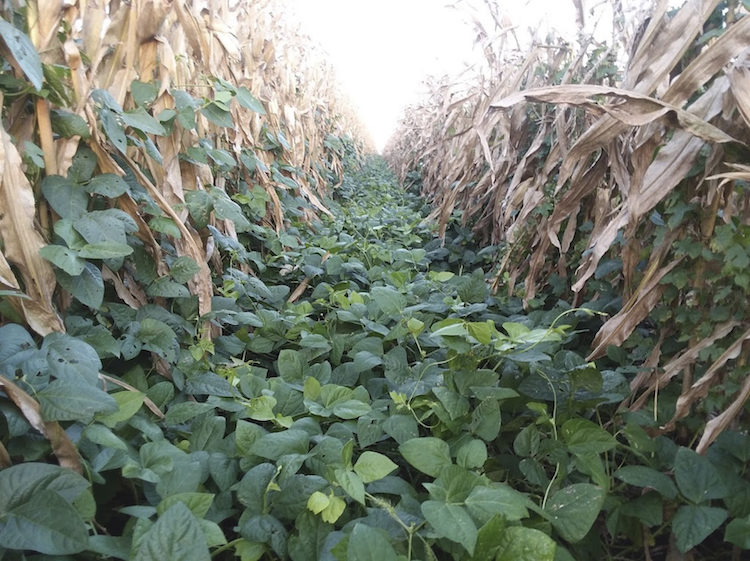No-Till Farmer
Get full access NOW to the most comprehensive, powerful and easy-to-use online resource for no-tillage practices. Just one good idea will pay for your subscription hundreds of times over.

MANY FARMERS WHO switch to organic production start out motivated by increasing profits, says Dani Kusner.
At the 2020 National No-Tillage Conference, the agronomist for The Andersons said continued consumer demand for organic products often translates into a stronger bottom line for the farmer who’s willing to do the work. But the many benefits of organic production can compound over time, creating a healthy, dynamic ecosystem that builds soil while optimizing no-till efficiencies.
The keystone to no-till organic production is maximizing increased biomass and soil organic matter so soils are functioning at peak performance. And carbon is at the heart of the system, says Kusner, as it’s the foundation for all soil physical, chemical and biological processes and can be a limiting nutrient — just like nitrogen (N), phosphorus (P) and potassium (K).
“In addition, there’s a direct correlation between soil organic matter and soil carbon. A 1% increase in soil organic matter adds 10,000 pounds of carbon to the soil and removes 15-20 tons of atmospheric carbon,” she says.
According to Kusner, soils on organic farms support larger amounts of soil organic matter and carbon for longer periods of time than with conventionally farmed…